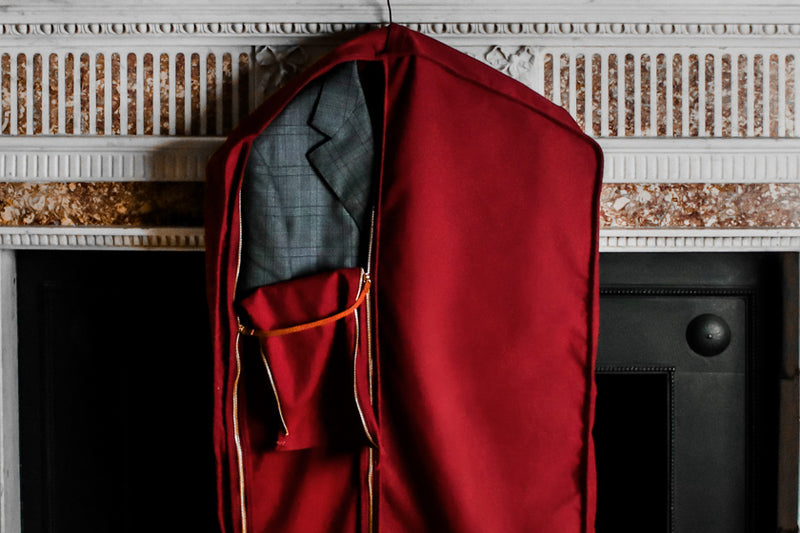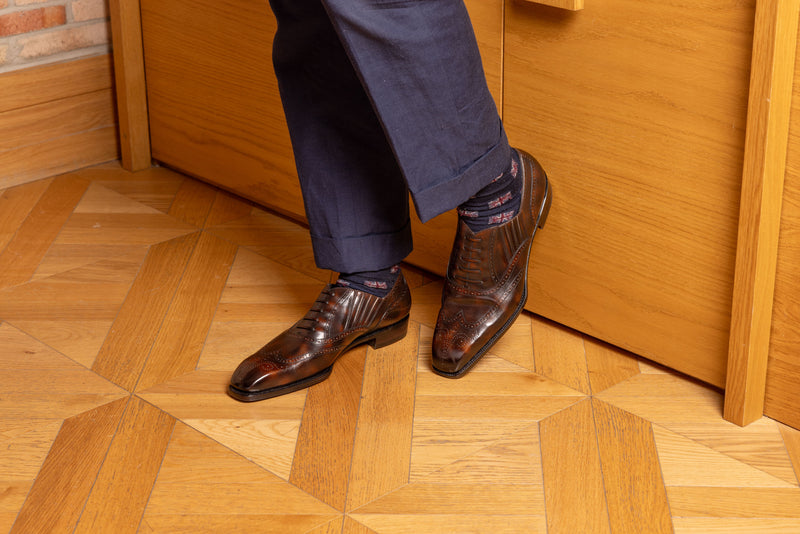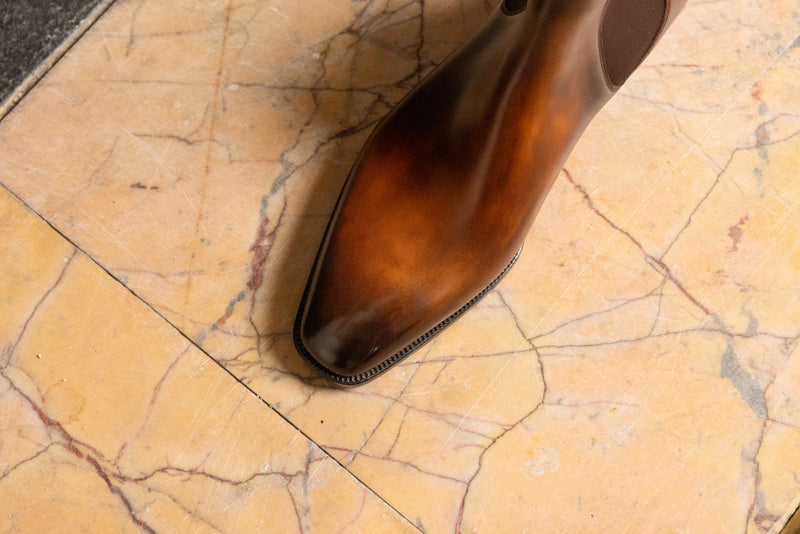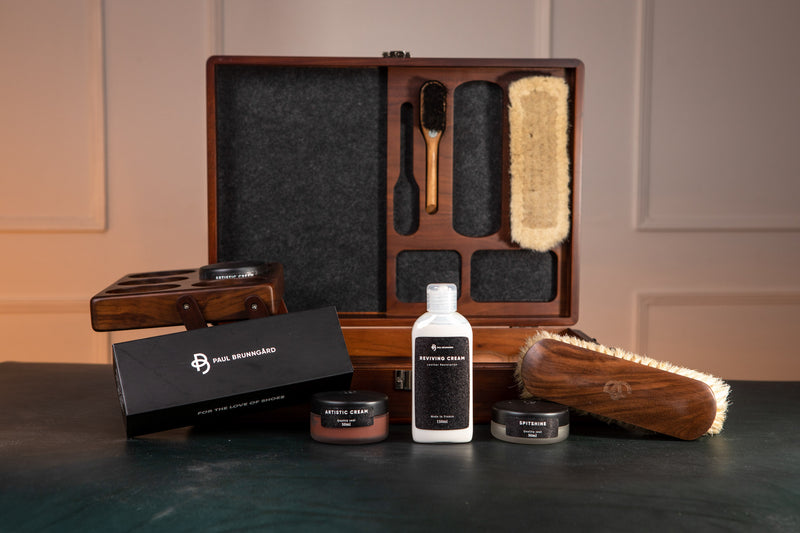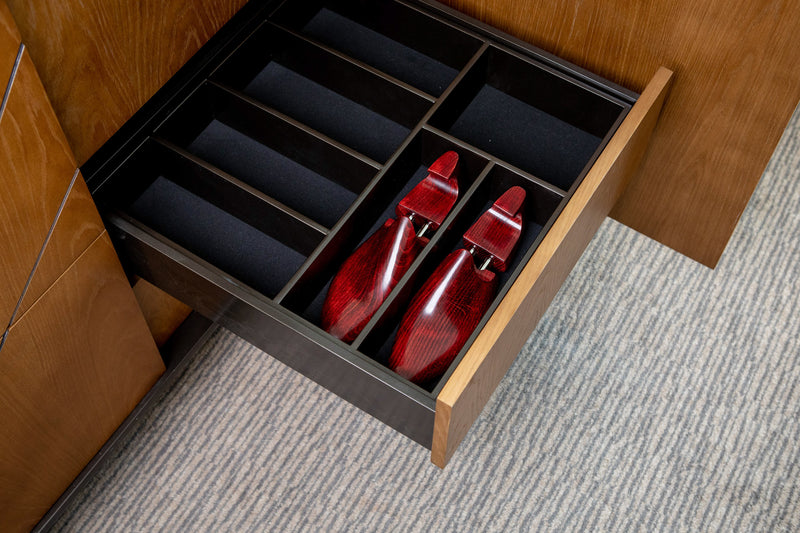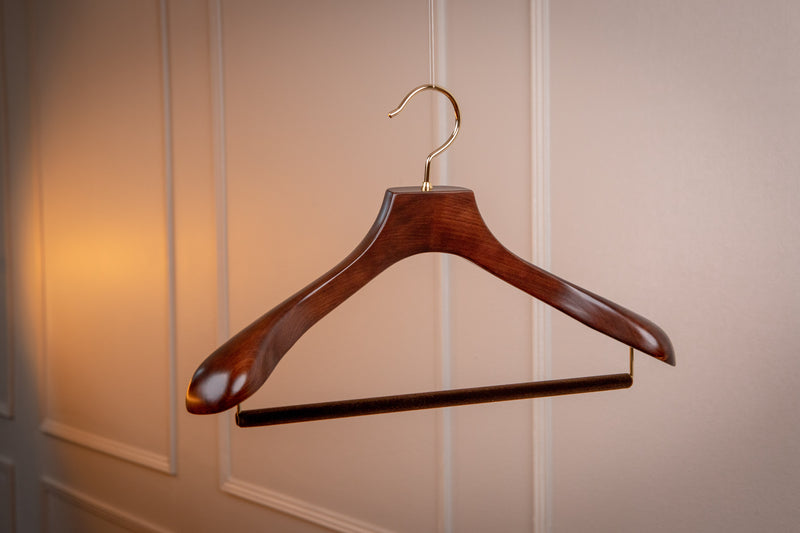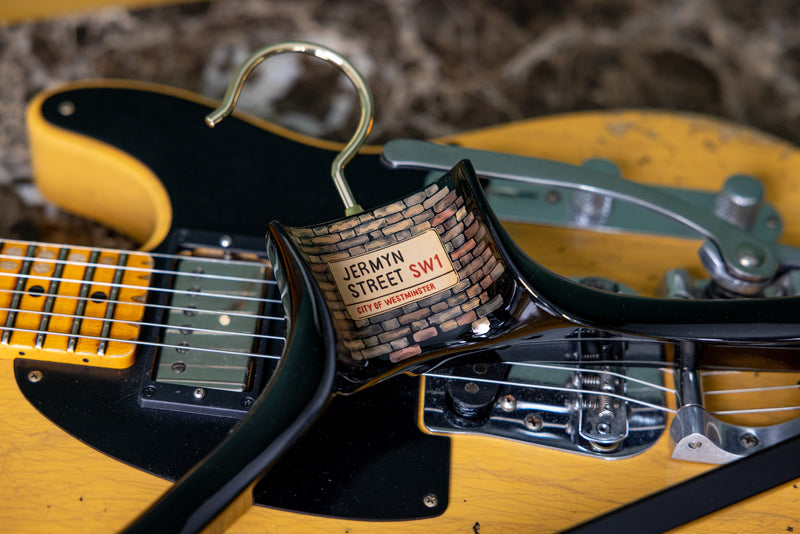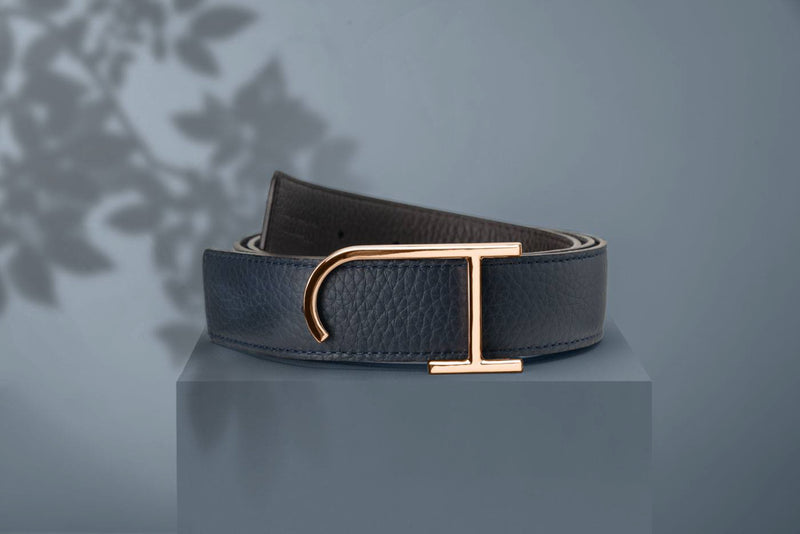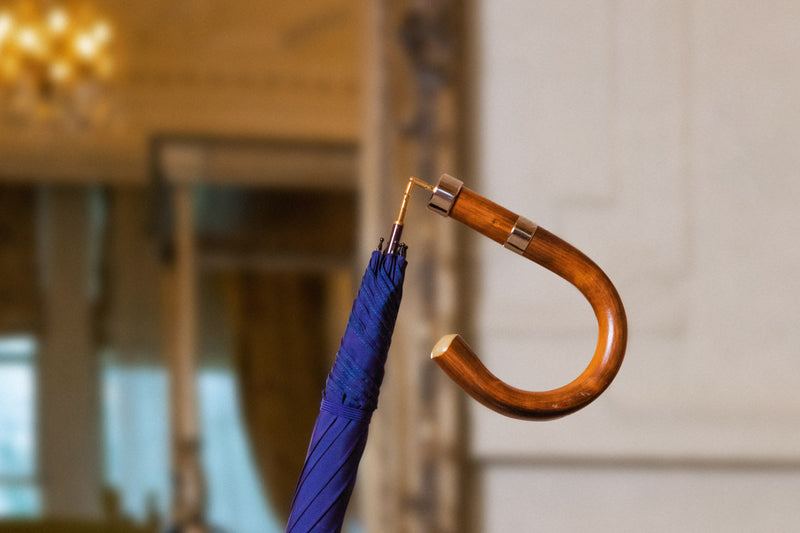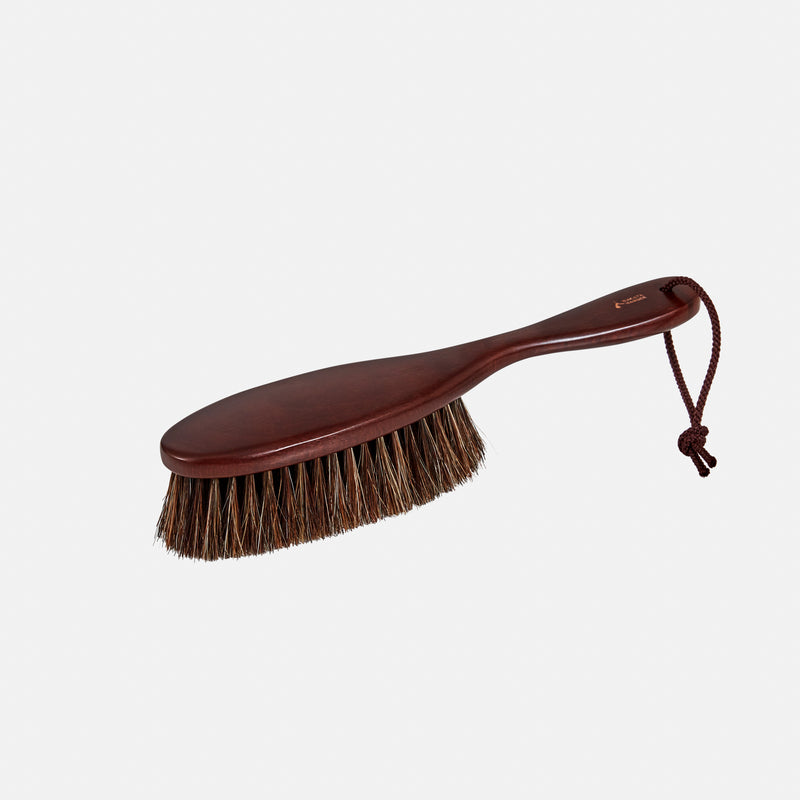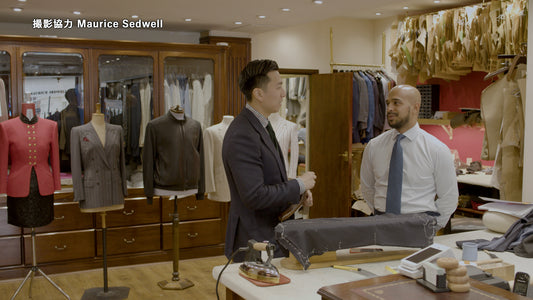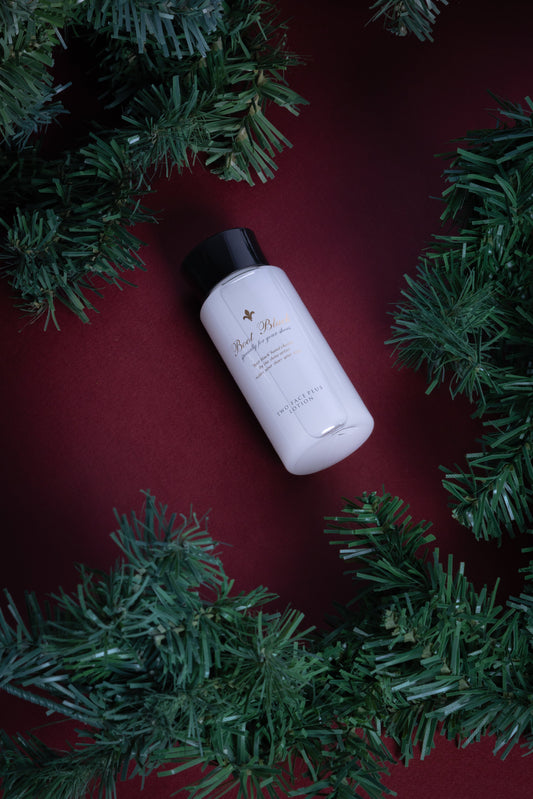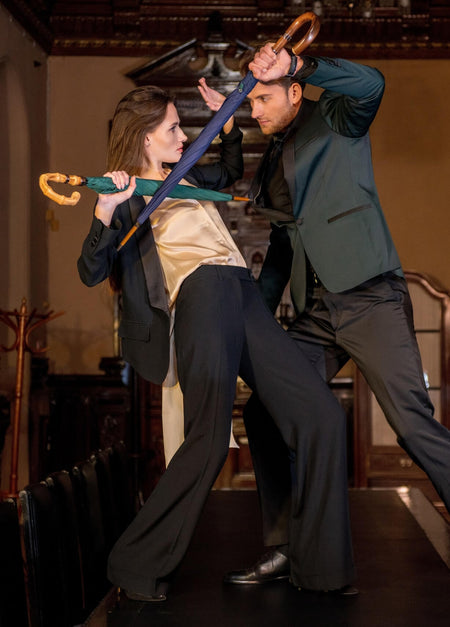Nakata Hanger has been around, in its earliest form, since the Taisho period in Japan. Today, they are focused on hand-crafting the world's finest hangers by employing tradtional Japanese woodworking tools on carefully selected materials. This allows for the hangers to be carved to ergonomically superior shapes, fitting for the Savile Row enthusiast, as well as in ways that preserve the natural grain of the wood.
In this article, we take a look at the production process behind crafting a Nakata hanger, starting with material selection to the final personalisation process by laser engraving.
1. Choosing the right materials
The first step often involves selecting the right substrates. Nakata opts for Beechwood for specific forests from Germany, which is noted for their more dense properties. These serve for extra durability.

2. Shape Formation
To form the initial hanger body (either as single joint two peice construction, or a jointless construction as in the NH-2), the hangers need to be subtractively moulded into shape, This involves a series of steps starting with the bandsaw to get the hanger blocks as close to desired shape as possible. It is followed by planing (inclduing an hand planing from the nankin-kanna), and then final stages of sanding. This is one of the most labour intensive processes and where much of the quality is achieved.
Through a time-intensive process, individual hanger bodies are planed.

Image1. Here Tanaka-san is hand-planing the NH-2
3. Joints
A crucial part of any woodworking is the joints. The most popular construction of Nakata hanger is a single joint by way of two dowels. The grains are matched which provide better aesthetbic consistency as well as structural integrity. These are done by hand and then aided by mechanical clamps.

Image. Joining of Hanger bodies.
4. Staining and Colouring
Depending ont he colour required, the hanger bodies are then stained by hand using a Our most popular colours are the Mars Brown or Smoked Brown. In other cases, a custom Wajima lacquer is made and then applied to the hanger body.

5. Assembly of Parts
The hanger hook, collet, and trouser bar needs to be attached to the hanger body. These are done via a variety of methods including pneumatic attachment, rubber mallet, or other means. These are stronger than the traditional nail method.
6. Personalisaton and Laser Engraving
The last step is either is performed in Japan or in Arterton's UK facility. A 50-80w CO2 laser is used.

In the UK, with our through the lens red dot technolgy, movable X-axis, and 8MP camera, we are able to achieve precise cuts. For the consumer market, Arterton can engrave up to 10 characters on the front of the. For trade, we accept vectorised logos of any sort, and there is more customsability on branding.
Our most popular hanger for Savile Row is the Nakata Aut-05.

The Nankin-Kanna.
A traditional japanese tool, which planes the surface of any wooden object. Notice that, in contrast, to western planing tools, the artisan pulls the kanna towards themselves. It is said that there is better control over the shape. The idea, for the Japanese, is that hand-planing is not simply a treatment to the surface of the wood but manipulates the "form" of the wood as well.
Hand-planing is superior to mechanical sanding as it does not bend the grain of the wood, and thus allows for penetration of any staining agents. The result is a deeper stain, and the superior presevation fo the wood grain.

